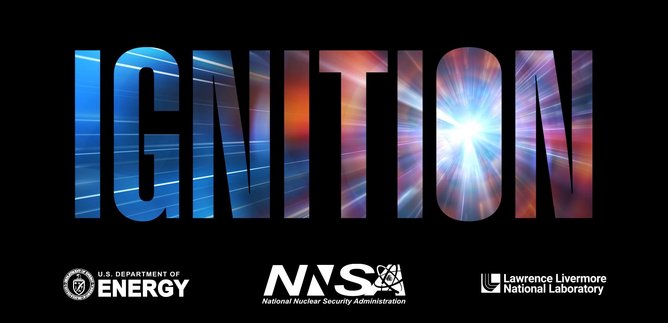The US team and science behind nuclear fusion breakthrough

A team of scientists in the US has achieved a milestone in nuclear fusion that many thought would never happen. By producing more energy from the nuclear fusion process than the laser energy used to create it – known as scientific energy breakeven – the team at Lawrence Livermore National Laboratory (LLNL) has opened the door to the potential for a limitless supply of clean energy.
The significant moment was achieved at LLNL’s National Ignition Facility (NIF) on 5 December but details only emerged a week later.
“This is a landmark achievement for the researchers and staff at the National Ignition Facility who have dedicated their careers to seeing fusion ignition become a reality, and this milestone will undoubtedly spark even more discovery,” said US Secretary of Energy Jennifer M. Granholm.
Dr Kimberly Budil is Laboratory Director at LLNL and announced the news at a US Department of Energy press conference on Tuesday (13 December).
“The pursuit of fusion ignition in the laboratory is one of the most significant scientific challenges ever tackled by humanity, and achieving it is a triumph of science, engineering, and most of all, people,” said Dr Budil. “Crossing this threshold is the vision that has driven 60 years of dedicated pursuit — a continual process of learning, building, expanding knowledge and capability, and then finding ways to overcome the new challenges that emerged. These are the problems that the US national laboratories were created to solve.”
US President Biden has said he wants an operational nuclear fusion plant within a decade, but scientists believe that goal will take longer, even though this breakthrough proves the principle.
What is nuclear fusion and how is it achieved?
Dr Marvin Adams, Deputy administrator for defense programs at the National Nuclear Security Administration (NNSA) explained the method undertaken in the lab to achieve energy breakeven, with some bewildering statistics involved.
Nuclear fusion combines two light hydrogen atoms to form one heavier helium atom, which releases a significant amount of energy. This is the same reaction that powers the sun and other stars.
To achieve this fusion success, the team at LLNL used 192 ultra-powerful lasers to heat hydrogen atoms to more than 100 million degrees Celsius, which is hotter than the centre of the sun.
LLNL’s experiment saw 2.05 megajoules (MJ) of energy ‘fired’ at the target, with 3.15 MJ of fusion energy being outputted. One megajoule is enough energy to power the average house for around 20 minutes.
Nuclear fission’s troubled past and bright fusion future
Nuclear power plants have been using fission to create energy since the first commercial nuclear power station – Windscale – was connected to the UK grid in August 1956. All nuclear power plants currently use fission which involves splitting heavy atoms to create energy.
While nuclear fission produces energy with close to zero carbon emissions, it also produces large amounts of radioactive waste and poses the threat of nuclear disaster should systems fail they did at Chernobyl in 1986 and Fukushima in 2011. This has led to many countries turning away from nuclear energy despite the reliability of production and reduces greenhouse gas emissions.
Germany had planned to close all of its nuclear plants by the end of 2022 but is keeping a handful of sites operational following soaring gas prices and supply disruption caused by the war in Ukraine.

History of the Lawrence Livermore National Laboratory (LLNL)
The LLNL in California is tasked with ensuring the safety, security, and reliability of the US’s nuclear deterrent. Beyond that, its mission is to tackle energy shortages and climate change – two factors high on every political agenda in 2022.
Scientists from the LLNL have been experimenting with lasers to induce nuclear fusion since the 1960s. These pioneers were led by John Nuckolls, who became LLNL Director from 1988 to 1994.
Over the years, the team developed the inertial confinement fusion that has now proved such a success. One of the biggest challenges has been creating a laser powerful enough to deliver the energy required for the reaction, which lead to the creation of NIF – the world’s largest laser system the size of a sports stadium. More than US$3.5bn has been invested in the NIF.
LLNL was not alone in achieving this milestone, with collaborations across academia in the US as well as international partnerships including the UK’s Atomic Weapons Establishment and the France Alternative Energies and Atomic Energy Commission (CEA).
Watch the full press conference here.






